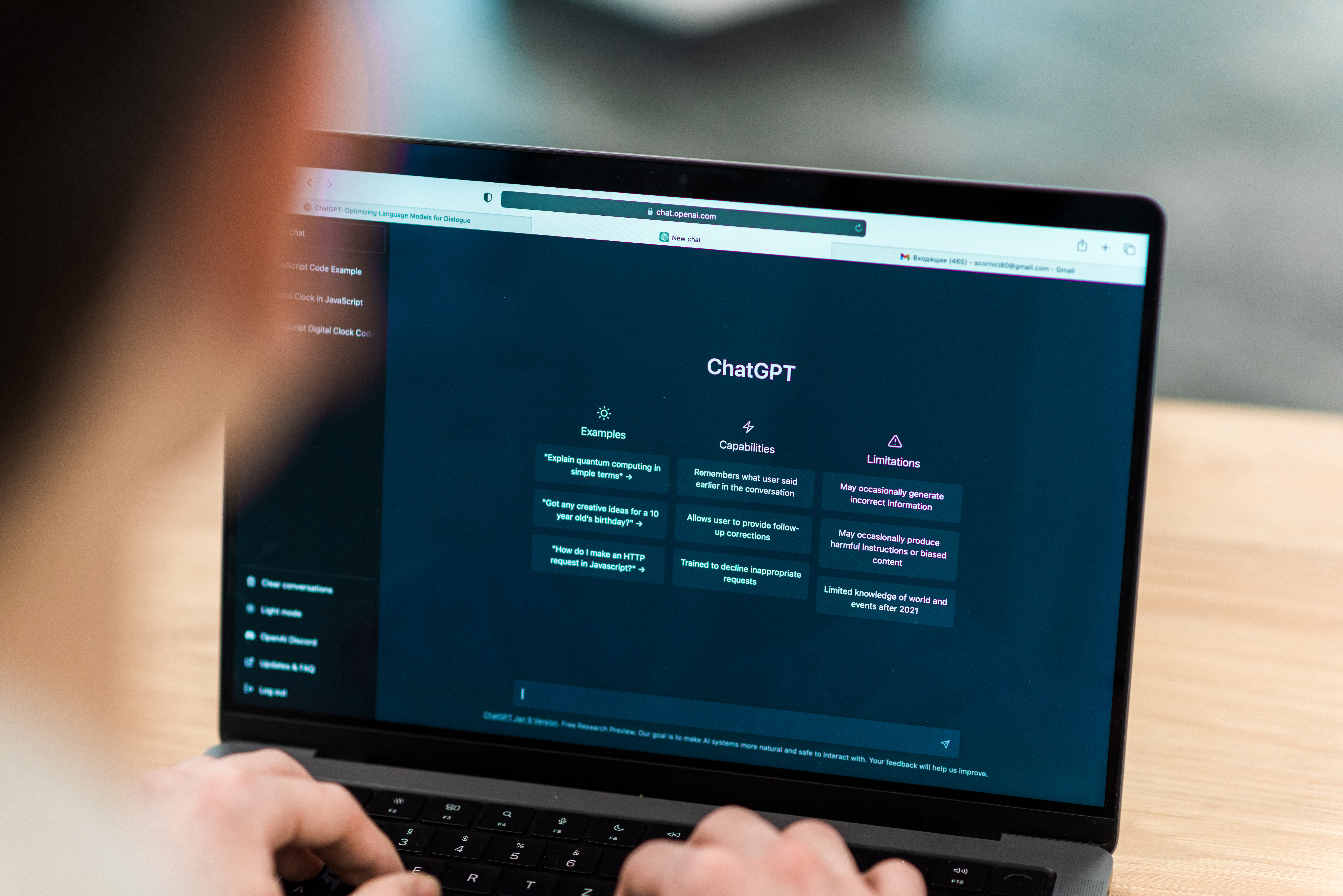
Breaking down the journey from initial concept to implementation, this guide provides a clear, actionable roadmap for businesses taking their first steps into AI automation.
The AI Automation Starting Point
The journey toward AI automation often begins with both excitement and uncertainty. Business leaders recognize the potential benefits—increased efficiency, reduced costs, improved customer experiences—but may struggle to translate that potential into concrete action.
This guide provides a structured approach to implementing AI automation, designed specifically for organizations in the early stages of their AI journey. By following these steps, you can move from conceptual interest to practical implementation with confidence.
Step 1: Identify High-Value Opportunities
Every successful AI implementation begins with a clear business problem or opportunity, not with technology. Before exploring specific tools or approaches, identify areas where automation could create tangible value:
Opportunity Assessment Framework:
- Volume analysis: Which processes consume significant time due to their repetitive nature or high volume?
- Error impact: Where do mistakes or inconsistencies create significant costs or risks?
- Decision complexity: Which decisions require analyzing more data than humans can effectively process?
- Response time: Where would faster processing or response create competitive advantage?
- Employee experience: Which tasks frustrate your team or prevent them from higher-value work?
"The most common mistake businesses make is starting with AI capabilities rather than business problems. Success comes from working backward from specific operational challenges rather than forward from exciting technologies." — AI Implementation Expert
Opportunity Scoring System:
For each potential automation opportunity, assign a score (1-5) for:
- Potential business impact
- Implementation complexity (lower is better)
- Data readiness
- Process stability
- Organizational readiness
Prioritize opportunities with high business impact and lower implementation challenges.
Step 2: Establish Clear Success Metrics
Before selecting technologies or implementation approaches, define how you'll measure success. Effective metrics should be:
- Specific: Precisely defined and measurable
- Relevant: Directly connected to business outcomes
- Baseline-aware: Measured against current performance
- Timebound: Evaluated within a defined timeframe
Common AI Automation Metrics:
| Business Function | Potential Metrics |
|---|---|
| Customer Service | Resolution time, first-contact resolution rate, CSAT scores |
| Sales | Lead response time, conversion rates, sales cycle length |
| Operations | Processing time, error rates, throughput capacity |
| Finance | Processing cost per transaction, days sales outstanding, reporting cycle time |
| Marketing | Campaign creation time, content production volume, engagement rates |
Document your baseline performance for selected metrics before implementation to enable meaningful comparison after deployment.
Step 3: Assess Your Data Readiness
AI automation requires data—often substantial amounts of it. Before proceeding with implementation, conduct a thorough assessment of your data situation:
Data Readiness Checklist:
- Availability: Do you have the necessary data to train and operate AI systems?
- Quality: Is your data accurate, complete, and consistent?
- Accessibility: Can the data be easily accessed from relevant systems?
- Volume: Do you have sufficient quantity of examples for effective training?
- Privacy: Does your use comply with relevant regulations and policies?
- Bias: Have you assessed potential biases in your data?
Common Data Challenges and Solutions:
| Challenge | Solution Approach |
|---|---|
| Insufficient historical data | Start with rules-based automation and collect data for future AI enhancement |
| Fragmented data across systems | Implement middleware or integration layer before AI deployment |
| Poor data quality | Begin with data cleaning initiative as a precursor to automation |
| Privacy concerns | Design systems with privacy-by-design principles and appropriate anonymization |
Step 4: Choose Your Implementation Approach
With clear objectives and data assessment complete, determine the most appropriate implementation approach for your specific situation:
Implementation Options Spectrum:
-
Out-of-the-box SaaS solutions
- Fastest implementation
- Lowest customization
- Minimal technical expertise required
- Examples: HubSpot AI tools, Intercom Resolution Bot, Zendesk AI
-
Configurable AI platforms
- Moderate implementation timeline
- Significant customization within platform constraints
- Some technical expertise required
- Examples: Microsoft Power Automate AI Builder, IBM Watson, Google Vertex AI
-
Custom AI development
- Longest implementation timeline
- Maximum customization
- Substantial technical expertise required
- Examples: Custom LangChain applications, proprietary models on cloud platforms
Selection Framework Questions:
- How unique are your processes compared to industry standards?
- What level of technical expertise exists within your organization?
- How critical is this automation to your core competitive advantage?
- What is your implementation timeline and budget?
- Do you need governance capabilities for enterprise deployment?
Step 5: Create a Realistic Implementation Plan
With your approach selected, develop a detailed implementation plan that accounts for organizational realities:
Essential Implementation Plan Components:
- Project phases: Break implementation into manageable stages
- Resource requirements: Identify needed expertise, time commitments, and budgets
- Integration touchpoints: Map connections to existing systems
- Training needs: Document required training for both technical team and end users
- Risk mitigation: Identify potential failure points and contingency plans
- Success milestones: Define interim success indicators beyond final objectives
Sample Implementation Timeline:
| Phase | Timeline | Key Activities |
|---|---|---|
| Planning | Weeks 1-2 | Finalize metrics, document current process, assign team roles |
| Design | Weeks 3-4 | Define automation rules/flows, create integration specifications |
| Development | Weeks 5-8 | Configure/develop solution, establish testing protocols |
| Testing | Weeks 9-10 | Validate accuracy, performance, user experience |
| Pilot | Weeks 11-14 | Limited deployment with close monitoring |
| Deployment | Weeks 15-16 | Full rollout with training and support |
| Optimization | Ongoing | Performance monitoring, refinement, expansion |
Step 6: Start Small with a Pilot Implementation
Rather than a full-scale rollout, begin with a controlled pilot to validate your approach and build organizational confidence:
Effective Pilot Strategies:
- Limited scope: Select a subset of the overall process for initial automation
- Controlled environment: Implement in a single department or location first
- Close monitoring: Establish daily review of performance and outcomes
- Parallel processing: Run automated and manual processes simultaneously to compare results
- Feedback mechanisms: Create simple ways for users to report issues or suggestions
Pilot Success Criteria:
Define specific thresholds that indicate readiness for broader deployment, such as:
- Minimum accuracy rate (e.g., 95% accuracy compared to manual process)
- Performance stability (e.g., consistent performance over 14-day period)
- User acceptance (e.g., positive feedback from at least 80% of pilot users)
- Technical stability (e.g., less than 1% error rate or downtime)
Step 7: Expand and Optimize
Once your pilot demonstrates success, expand deployment while continuing to optimize performance:
Expansion Approaches:
- Phased rollout: Systematic deployment across additional departments or locations
- Capability expansion: Adding more complex scenarios to the automation scope
- Process extension: Automating adjacent processes or upstream/downstream activities
- User base growth: Expanding from power users to broader user population
Continuous Optimization Framework:
- Performance monitoring: Regular review of key metrics against targets
- User feedback collection: Systematic gathering of user experience insights
- Error pattern analysis: Identification of common failure modes or exceptions
- AI model retraining: Periodic retraining with new data to improve accuracy
- Process adjustment: Refinement of underlying business processes based on insights
Real-World Implementation Example: Professional Services Firm
Accounting Firm Document Processing Transformation
The Challenge:
The firm spent hundreds of hours manually processing and categorizing client expense documents for business tax preparation.
Their Implementation Journey:
- Opportunity identification: Document processing identified as highest-volume, error-prone activity
- Success metrics established:
- 75% reduction in processing time
- 98% categorization accuracy
- 50% reduction in client information requests
- Data assessment:
- Three years of categorized documents available
- Quality issues with inconsistent naming conventions addressed
- Implementation approach:
- Selected configurable AI document processing platform
- Hired external implementation partner for configuration
- Implementation plan:
- 12-week implementation timeline
- Three staff members devoted 25% time to project
- Pilot phase:
- Tested with five selected clients
- Ran parallel to manual process for validation
- Expansion:
- Rolled out to all clients over three-month period
- Added additional document types in second phase
Results:
- 83% reduction in document processing time
- 96% categorization accuracy (improving with ongoing training)
- 62% reduction in client information requests
- $175,000 annual cost savings
- Improved client experience through faster processing
- Staff redeployed to advisory services, increasing revenue
Key Success Factors:
- Clear focus on specific, high-value process
- Realistic expectations and metrics
- Involvement of end-users throughout implementation
- Commitment to ongoing optimization
Common Pitfalls and How to Avoid Them
As you begin your AI automation journey, be aware of these common challenges:
1. Scope Creep
Pitfall: Continuously expanding project requirements during implementation.
Solution: Maintain discipline around "minimum viable automation" for initial deployment, with a structured roadmap for future enhancements.
2. Unrealistic Accuracy Expectations
Pitfall: Expecting 100% accuracy from AI systems from day one.
Solution: Set appropriate accuracy thresholds based on business needs, with processes for handling exceptions.
3. Inadequate Change Management
Pitfall: Focusing solely on technology while neglecting human and process factors.
Solution: Invest in comprehensive training, clear communication, and workflow redesign alongside technical implementation.
4. Insufficient Exception Handling
Pitfall: Building automated processes that can't handle edge cases or exceptions.
Solution: Design explicit pathways for exception handling, including human intervention when necessary.
5. "Black Box" Implementation
Pitfall: Implementing systems that users don't understand or trust.
Solution: Prioritize explainability and transparency in AI systems, with clear guidelines on how decisions are made.
Getting Started This Week: Your 5-Day Action Plan
To move from reading to action, here's a five-day plan to begin your AI automation journey:
Day 1: Opportunity Identification
- Schedule 90-minute session with key stakeholders
- Use the Opportunity Assessment Framework above
- Select one high-potential process for initial focus
Day 2: Process Documentation
- Document current process steps in detail
- Identify decision points and rules
- Measure current performance metrics
Day 3: Data Exploration
- Identify data sources needed for automation
- Assess available historical data volume
- Document data quality issues
Day 4: Solution Research
- Investigate 3-5 potential automation tools
- Request vendor demonstrations focused on your specific use case
- Evaluate against your requirements
Day 5: Draft Implementation Plan
- Create preliminary project plan
- Identify required resources
- Define pilot approach
- Establish initial budget
Conclusion: Your Next Steps Toward AI Automation
The journey to AI automation doesn't require massive budgets or specialized technical teams—just a methodical approach focused on business outcomes rather than technology.
By following the steps outlined in this guide, organizations of any size can successfully implement their first AI automation project and establish a foundation for broader transformation.
Remember that successful implementation is an iterative process. Start small, learn continuously, and expand based on demonstrated success. The most important step is simply to begin.
Ready to start your AI automation journey with expert guidance? Contact our team for a complimentary opportunity assessment and personalized implementation roadmap.


